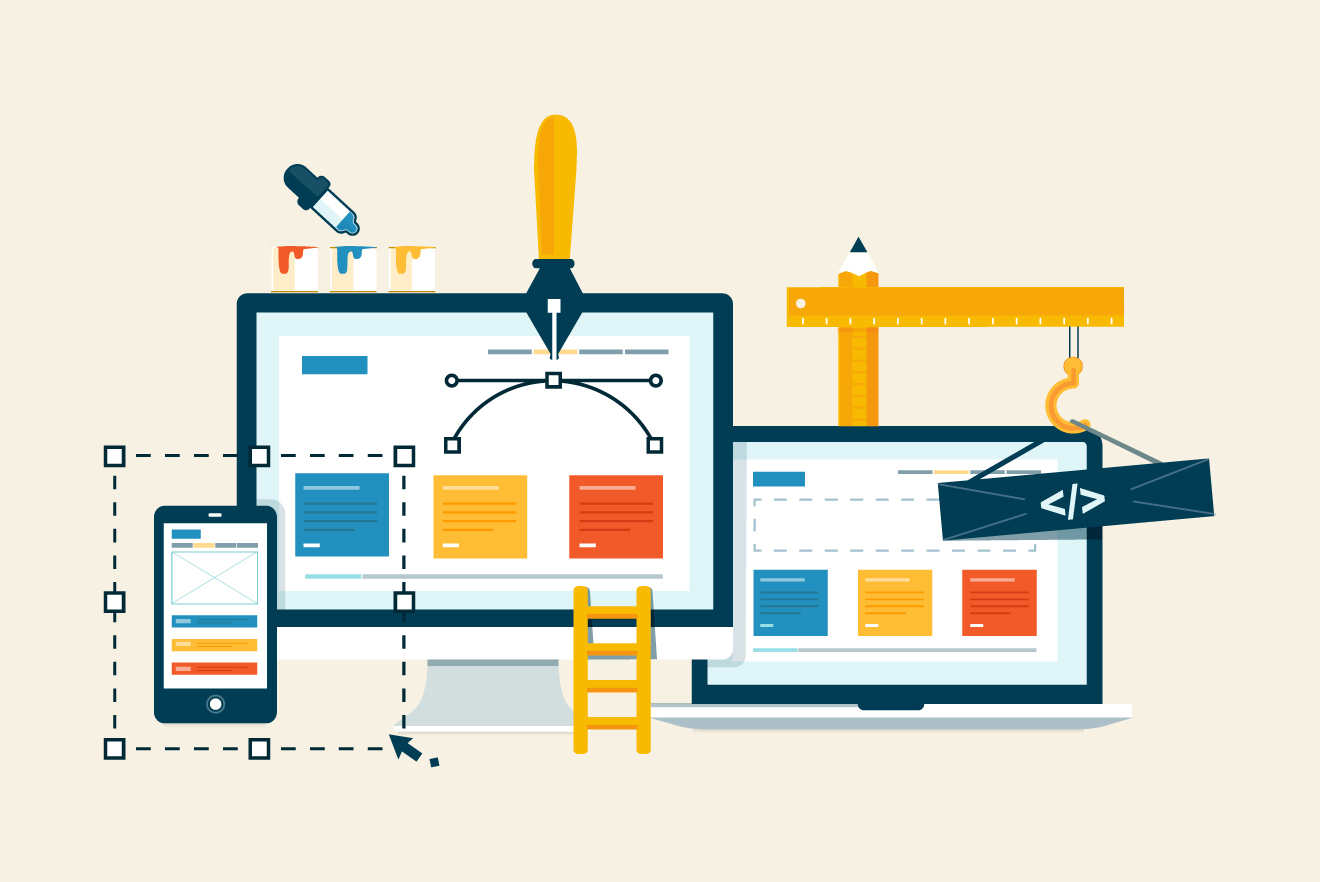
Prepare for a strategic website redesign with these steps. Go from assessing your website to strategizing how to increase your website ROI.
Your website is often a first impression of your business. You want it to look up-to-date and ensure it has the features necessary to convert visitors into customers. One frustrating experience or poorly loading page could lead to the customer going to your competitors for their services. A website redesign might feel like a confusing, daunting process. But when done well a strategic website redesign can enhance your brand presence and lead to greater ROI from your site. Here’s your guide to getting the most from your redesign.
As you look to justify the cost of redesigning your website, ensure that it really is time to complete a redesign by looking for these signs that it’s time for a change.
Follow this step-by-step guideline to get the most from your strategic website redesign.
Spend some time outlining where your website is currently lacking and how an update can help you improve. Align your website goals to your organization’s goals or business strategy. And always consider your target audience.
Define the purpose that your website fulfills. It might be brand awareness, lead generation or sales. Spend some time talking to your target audience or completing audience research to learn more about your target demographic. Use that data to inform your content and strategy. You should speak to your customers’ pain points and challenges to help them achieve their goals.
Review what content you have and what you’re lacking. Read your website analytics to look at your highest-performing pages. What can you replicate about those pages in your other content? You also want to preserve and protect those pages in your new website for best results.
As you review your website’s content, consider whether it is relevant, effective and high-quality. Look for improvement areas, and take the time to eliminate and redirect pages with redundancies.
Then use that information to inform your content strategy moving forward. When writing your content strategy, don’t just consider the content you need to get your website up and running. Consider what is necessary to keep bringing your customers back.
When building your content strategy, ensure that it aligns with your SEO plan to gain greater visibility with your website while increasing your organic website traffic.

View your website through a customer lens. How easy is it to navigate? Can you understand what you’re selling in seconds? Is it engaging? Does it have large blocks of text that could feel overwhelming for your visitors?
Now is your chance to build a modern website. Today’s websites are simple, clear and intuitive. They are also highly mobile-friendly and responsive. They engage users and make the browsing experience enjoyable.
Review where website visitors are currently bouncing and what might be causing that. Then you’ll know where to go next from there.
Conduct focus groups to see how the new design resonates with your target market. Test placing colors in different places, incorporating video, more visuals, etc. Get a feel for what performs the best with your market so you don’t regret any aspect of your redesign.
Most website visitors will never consider the behind-the-scenes aspects that make your website run. But these technical elements are just as important as the design and content.
Your website speed depends on strong technical planning and effective architecture. Select the best CMS that allows you to scale the website as your company grows, while allowing for ease of use so you can update it efficiently.
Ensure that your website’s technology performs well on various website browsers. That way, your audience can always reach you.
At this stage, you should also review your website’s security. Complete upgrades where necessary to protect your consumers’ data and prevent breaches. Using HTTPS will build trust with users and also helps build your SEO.
Use smart URL structures that include keywords from your SEO while clearly explaining what the page is about. Include meta tags on all pages to gain greater visibility for your website.
Website redesigns cost money. Depending on the resources currently available to you, completing your website upgrade in stages might make more sense. Review your budget and plan for the expenses, including developer fees and ongoing maintenance.
A realistic budget will help you allocate funds accordingly and slowly make changes to your website page templates and infrastructure to stretch out the full cost of the redesign over the next several months.
Setting a realistic budget will also ensure that you stay on track with your project and it doesn’t fall behind due to lack of funds.
Review whether you’ll need a web designer and developer to make your website come to life. Budget for themes, plugins and the ongoing maintenance required for your site. This might include keeping the developer on retainer or budgeting for updates every few months.
While do-it-yourself templates and CRM systems can make your budget more affordable, they often don’t perform as well in the long run. To maximize your ROI, you should avoid pre-made templates that can slow down your website and limit how closely your website follows your branding.
Before you launch your website, create a launch plan. This will ensure a smooth process and improve the chances that your website stays visible.
Part of the launch plan should be a timeline. Consider how long each project phase will take, including design, development, testing and adjustments.
Go through the plan with your stakeholders to ensure you haven’t missed anything or overlooked key parties in the process.
Part of your launch strategy should also include a social media plan, email announcement and making it clear how website visitors can get in touch with you if they encounter problems or have questions.
Once you launch the website, you should monitor the site for issues. Address those issues quickly so they don’t have business implications. You don’t want to leave problem areas unaddressed as it can harm your relationship with your customers and impact how they view the user experience on your site.
Your website will never get stale or need a full overhaul if you regularly update it. Generally, continuous improvement is easier than a full overhaul because it doesn’t require a large upfront investment or massive resources all at once. Instead, it stretches those resources over the course of years as you stay in line with best practices.
New Light Digital is a skilled website designer and developer. Our websites and overall marketing strategy have helped brands experience a 90 percent increase in return on ad spend (ROAS). Start planning your website redesign project now with a free consultation and quote.
Further reading: